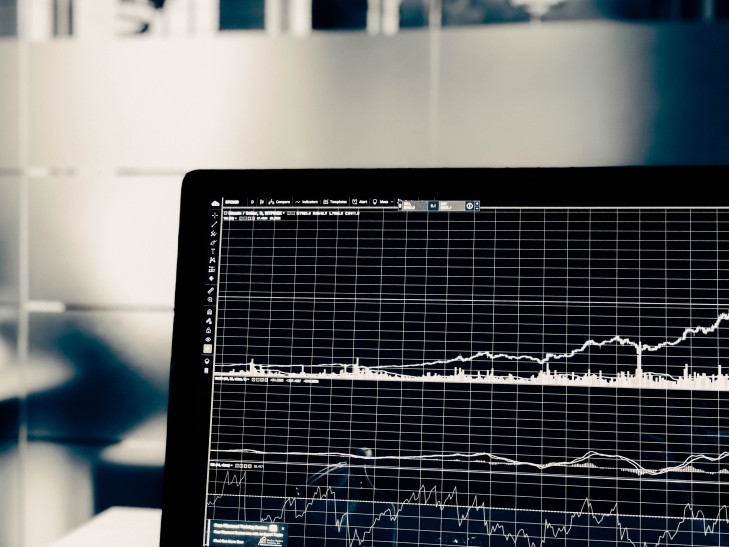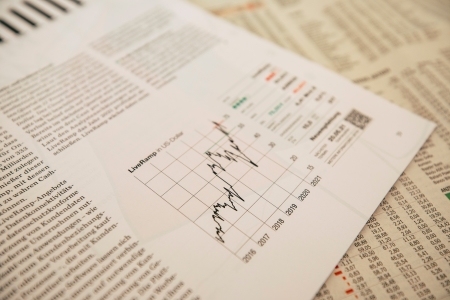The Global Market
The global wine market is expected to reach nearly $500B USD this year and will grow at a 6.5% CAGR. The global whisky market is slated to come in at close to $70B, growing at a 6% CAGR. The current size of these markets and their respective growth estimates are a reflection of global demand potential , the effects of new economies coming online, increased wealth, and improved efficiencies in finding their way to the global markets. What’s more the mega-shift in investment dollars into alternative assets will continue to bolster this asset class, even aside from its inherent drivers.
These figures, from Grand View Research and Global Market Insights, are comprised of a variety of sub-markets and include everything from the wine you grab at your grocer to the rarest bottles of wine in the world, like these bottles of DRC that went for ~$500,000 each. The fine wine portion is around $8B USD per annum and is expected to grow by 30% over the next five years. The fine wine futures markets, also known as “en primeur” (read more about that here), currently sits at $2.6B/year USD and is expected to grow to $3.7B/year USD over the next 5 years.
The current size of the market and these growth estimates are a reflection of the global demand for this asset class, the effects of new economies coming online, and efficiencies finding their way to the global trade markets.
Orgins of The Market
Wine has been produced for thousands of years both in Europe and Asia. By Roman times, Mediterranean trade routes had been established to produce and transport wines from as far west as modern-day Bordeaux, France, and Jerez, Spain. As long as this trade has existed, certain regions and wines have been preferred over others.
Over the centuries, the wine trade has expanded and evolved as empires have come and gone. The British, Dutch, and Portuguese have been particularly instrumental in growing the global wine trade as all three countries were naval and merchant powers who needed wine to supply to their colonies. The shipping network that evolved both to support colonies and to supply domestic markets led to the popularization of Sherry, Port, and Madeira wines, all of which relied on overseas markets for demand. It is the British, however, that have had the largest impact on growing the global wine trade, including creating a market for both Bordeaux and Champagne and putting them on the global map. It is for this reason that London is still the largest hub for wine trading in the world.
As the era of colonization came to an end and technology advanced in the late 1700s and 1800s, a new era of wine came about. Wine shifted from being traded in barrels to being traded in bottles, and regions began to formally classify top appellations, vineyards, and producers. With these advancements, the stage was set for a new era of investing to begin.
The first half of the 1900s saw wine collecting flourish and become a hobby predominantly for the affluent who had connections in Europe, where historically the top wines all hailed from. However, in the second half of the 20th century, wine grew at a rate that had not yet been seen.
The Bordeaux En Primeur system blossomed as the châteaux needed funds following the war years. Italy came into its own in the 1960s with Super Tuscans, Brunello di Montalcino, and Piemontese wines all making enormous leaps in quality and recognition. At the same time, the new world regions like Napa Valley, Australia, New Zealand, and others burst onto the scene triggering further growth in the global interest in fine wine.
Fast forward to the last quarter century, and we have seen the internet, and the connectivity that comes with it, bring this asset class to everyone through platforms like Vint. Add to this a new class of ultra-wealthy individuals interested in wine, and the Asian market becoming a force following the dropping of wine import taxes in Hong Kong in 2008, and the demand and the awareness of and demand for the top wines of the world is higher than it has ever been.
The Opportunity
It is this storied history that has generated important data and historical performance which has provided many investors with the information they seek prior to investing. A few data points stand out amongst the set though.
– Over the last 121 years, wine as an asset has returned +8% annually. This is an impressive feat, but where it gets more interesting is the asset classes’ correlation, or lack thereof, to traditional markets. It is this number (around 0.12), based on historical performance, that has had investors turning to wine and spirits, not only as a luxury good to enjoy but as a safe haven for their wealth.
We’ve seen this play out a few times in recent history, in 2008 when the S&P 500 crashed ~30%, the fine wine market, tracked by the Liv-ex 1000 (see additional resources for more info on Liv-ex), fell a mere 0.6%. In H1 of 2022, while the Nasdaq slid ~25%, fine wine actually ticked up 11.1 (Liv-ex 1000). This resilience and correlation (lack thereof) has kept wine on the radar of high-net-worth individuals for hundreds of years.
What we’re most excited and energized about at Vint.
The ability to bring this type of asset and investment opportunity to millions of investors for the first time in history. Prior to Vint, the ability to build a diversified investment-grade portfolio of fine wine and rare spirits was limited to those with millions and millions of dollars. Through our platform, SEC qualification, and a team of industry-leading professionals, we are working to bring wine and spirits securities to every portfolio.


